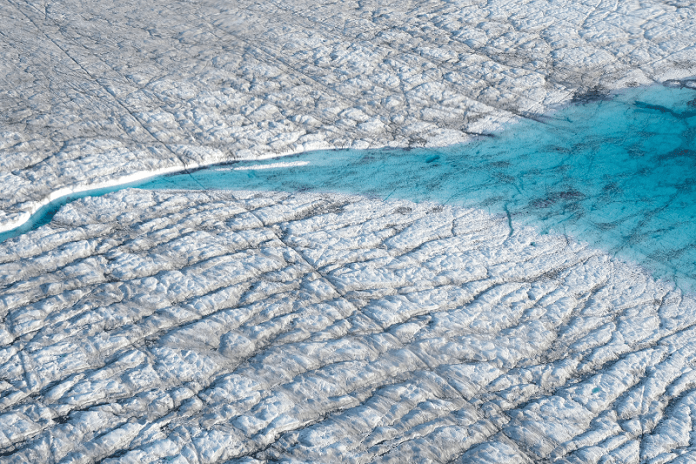Temperatures in parts of Greenland have risen to levels not seen in 1,000 years, according to the co-author of a study that reconstructed conditions there by drilling deep into the ice sheet.
Associate Professor of Climate Physics Bo Moliso-Vinther of the University of Copenhagen told AFP on Friday, “This unfortunately confirms the bad news we already know. It’s clear that we need to rein in this warming in order to stop the melting of the Greenland ice sheet,” reports Al-Rai daily.
By drilling into the ice sheet to recover samples of snow and ice accumulated over hundreds of years, scientists have been able to reconstruct temperatures in northern and central Greenland from the year 1000 to 2011.
Their findings, published in the journal Nature, show that the warming recorded in the decade 2001-2011 “exceeds the range of pre-industrial temperature variability in the past millennium.” The study found that during that decade, the temperature was “about 1.5°C warmer than in the 20th century”.
The melting of the Greenland ice sheet is causing sea levels to rise, threatening millions of people living along coasts that could become submerged in the coming decades or centuries.
The Greenland ice sheet is currently the main driver of inflation of Earth’s oceans, according to NASA, with the Arctic region warming at a faster rate than the rest of the planet.
In a landmark report published in 2021, the Intergovernmental Panel on Climate Change (IPCC) said that the Greenland ice sheet would contribute to a sea level rise of up to 18 cm by 2100 under a scenario based on highest emissions.
The massive two-kilometer-thick ice sheet contains enough frozen water to raise global seas by more than seven meters in total.
Under the Paris climate agreement, countries agreed to limit temperature rises to less than 2 degrees Celsius. “The signs of global warming that we’re seeing around the world have also found their way to these very remote locations on the Greenland ice sheet,” Vinther said.
“We need to stop this before we get to the point where we get into a vicious cycle whereby the melting of Greenland’s ice becomes a continuous, self-feeding issue,” he added. “The sooner the better”























